Do I recommend this course? Yes. Not only will you learn a ton about the practical use of radios, but you will also meet like-minded people who share your mindset. You will confidently walk away in operating Baofeng radios and Android tablets connected to a radio.
I came here to learn radio skills. But it's the community that I take home with me.
I completed the Brushbeater course in April 2024 in Montana. I will share with you what I've learned during the course. I've added many pictures so you know what to expect during the course.
I've broken down the course day by day; you can find that information at the bottom of this post. I've tried to link all the products/tools to make them easy to see.
Who is this course for?
When I took the course, I had zero radio knowledge or training, so I don't think you need to be a radio expert to register for this course. NC Scout (the instructor) is an excellent instructor who focuses on real-world applications. The course is 90% practical and hands-on, with 10% theory and note-taking.
However, this course is not for Ham operators/hobbyists. The RTO course is for people who want to use radios confidently in emergencies and other scenarios. With the knowledge that you gain in this course, you can help setup the comms for the following people:
- Your family
- Neighbors & friends
- A small team of guys
- Community security group
Day 1
Students learn basic Baofeng programming
Students learn how to program a Baofeng and modify its settings so it's ready for use.
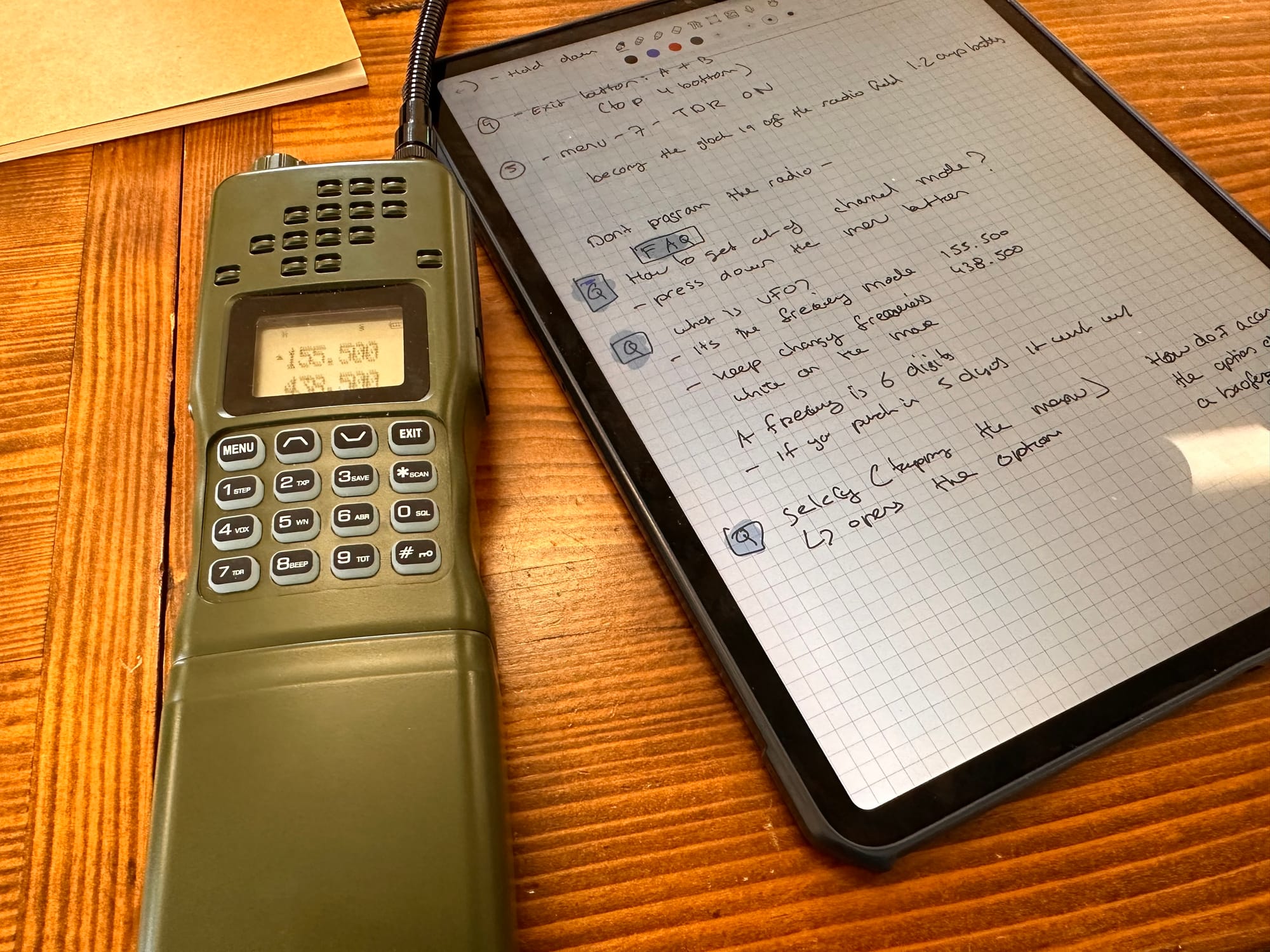
Students send a SALUTE report via radio
Students are taught how to send a SALUTE report, how to send observations based on standardized reporting, and how to overcome radio shyness.
- Size:
- Activity:
- Location:
- Uniform:
- Time:
- Equipment:
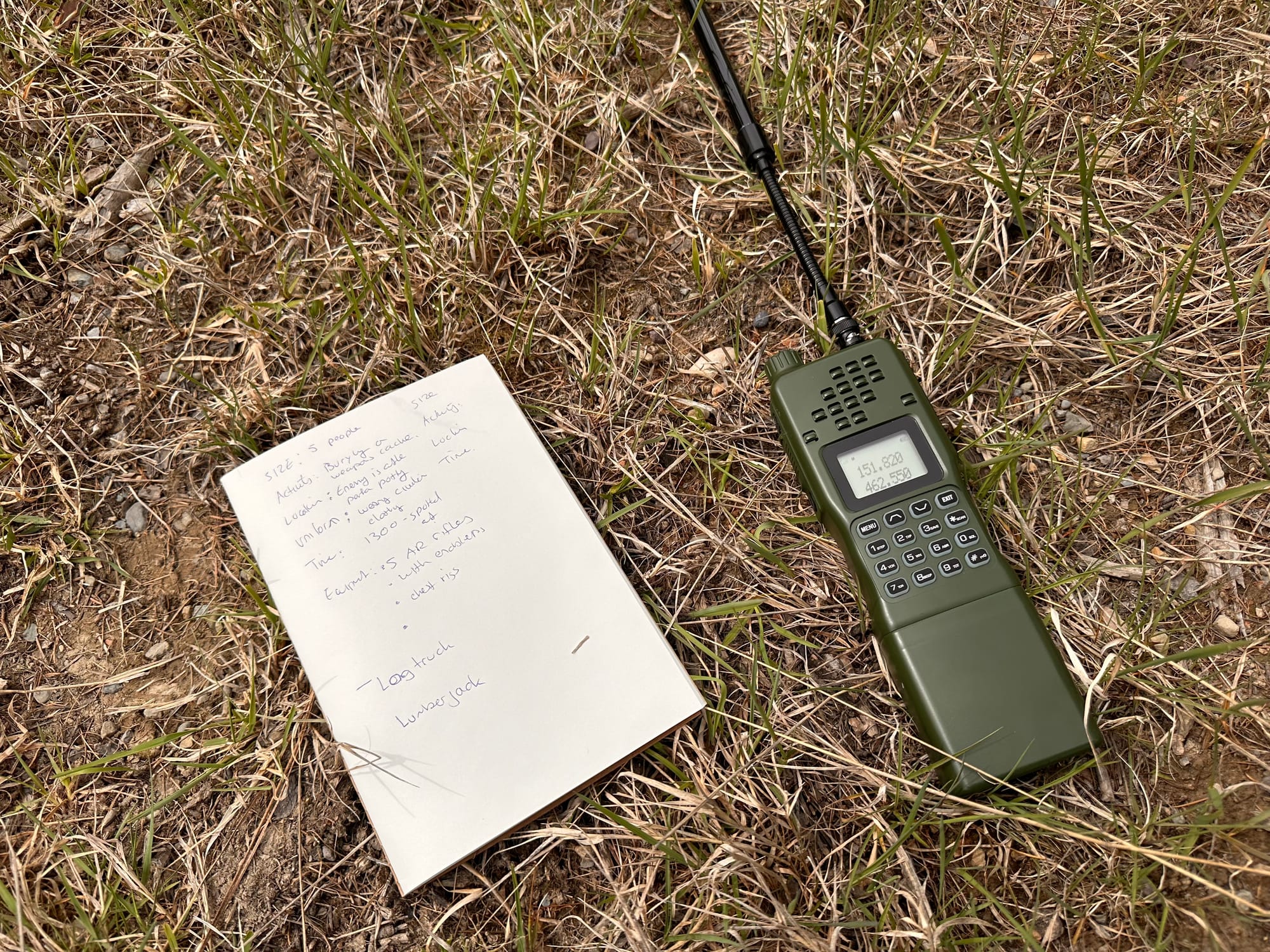
Students learn to receive a SALUTE report via radio
Students are taught to receive a SALUTE report and write down the report's details. This teaches students about radio transmissions and why it's important to speak slowly and give people time to listen to your transmission.
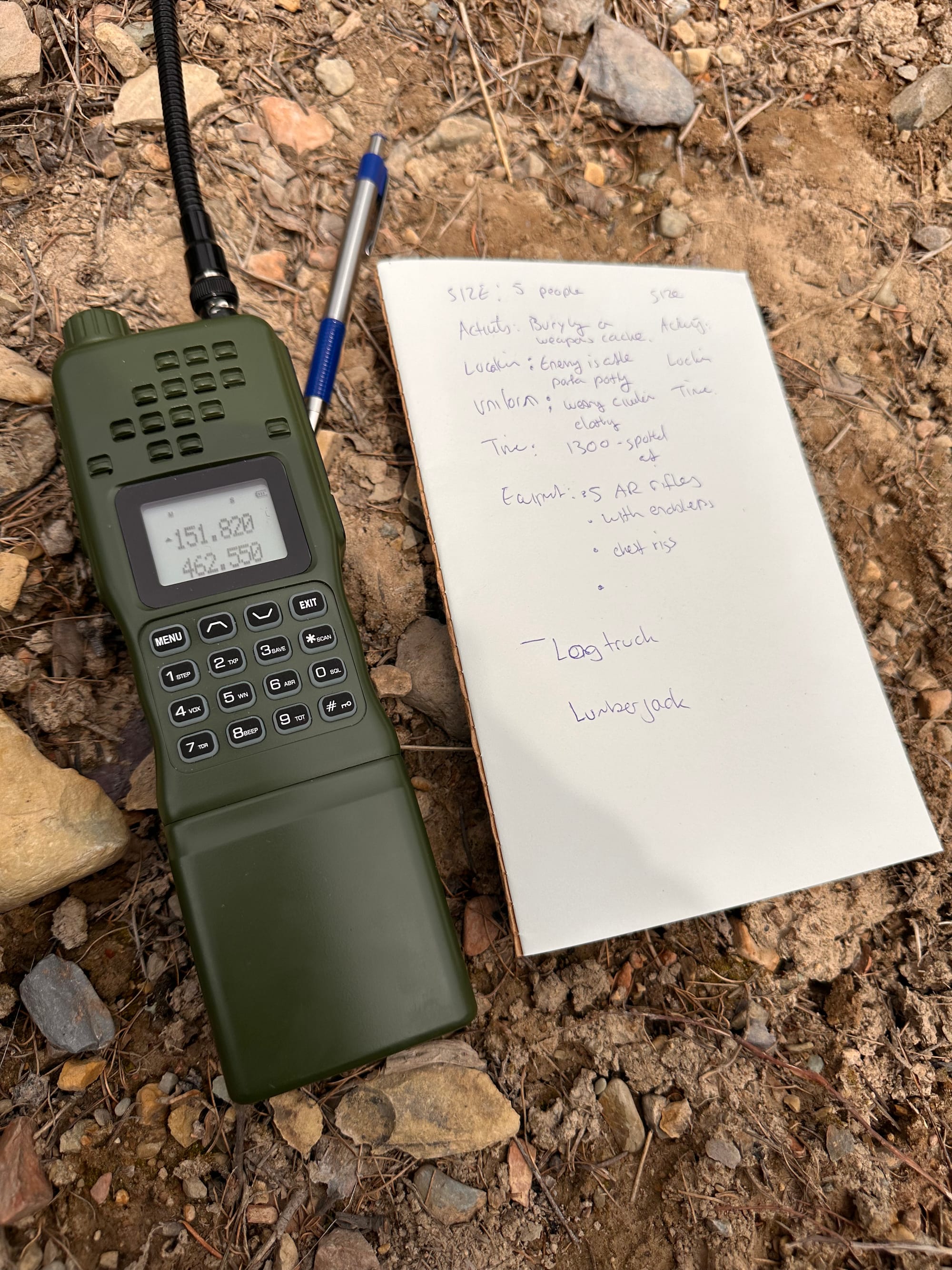
Create a 2M Jungle Antenna
On the morning of day 2, we created a 2M jungle antenna. Students connected a coaxial cable to the 2m antenna and were ready to transmit data via burst transmission via an Android tablet, K1 data cable, and AR152 Baofeng radio.
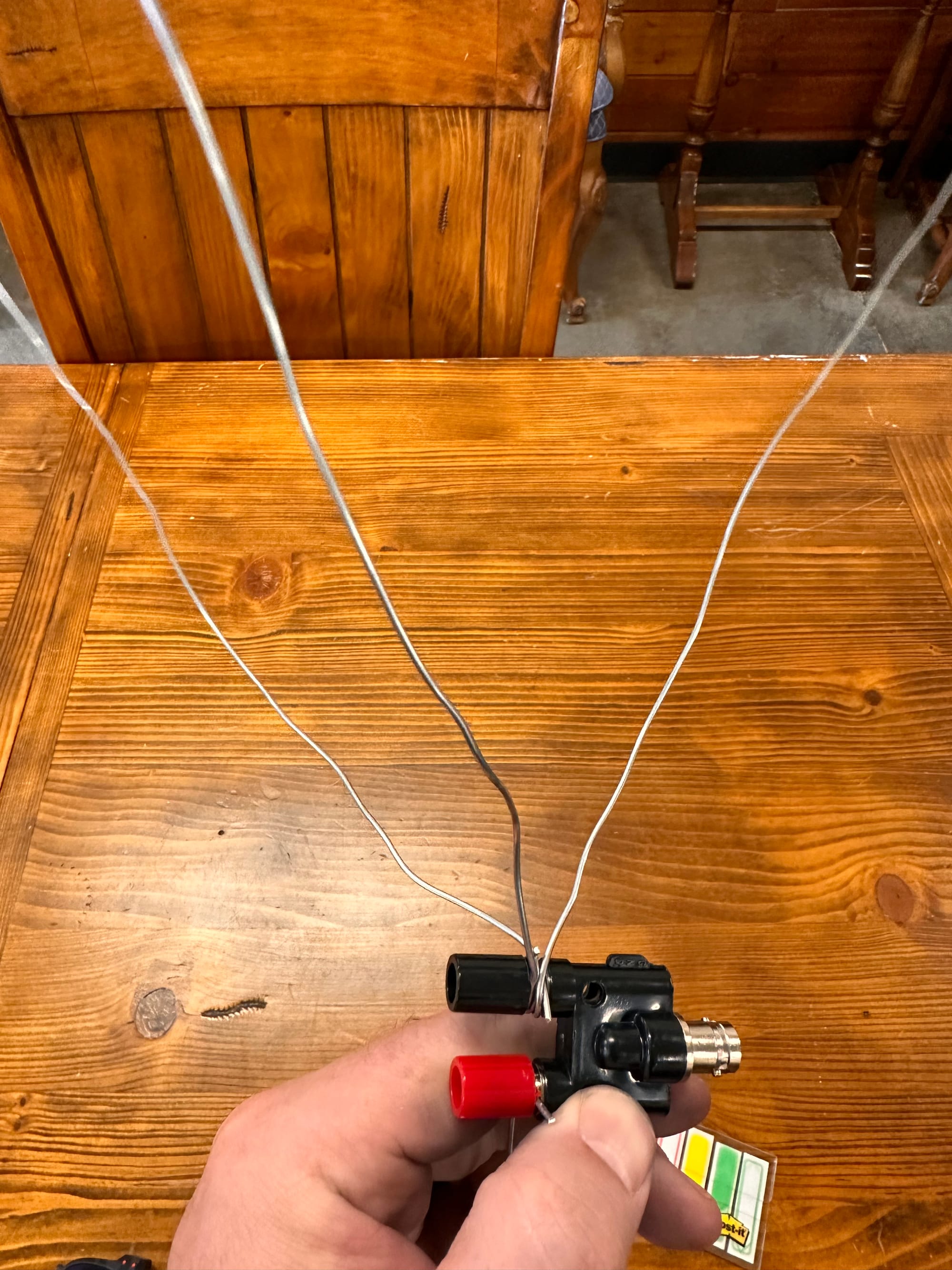
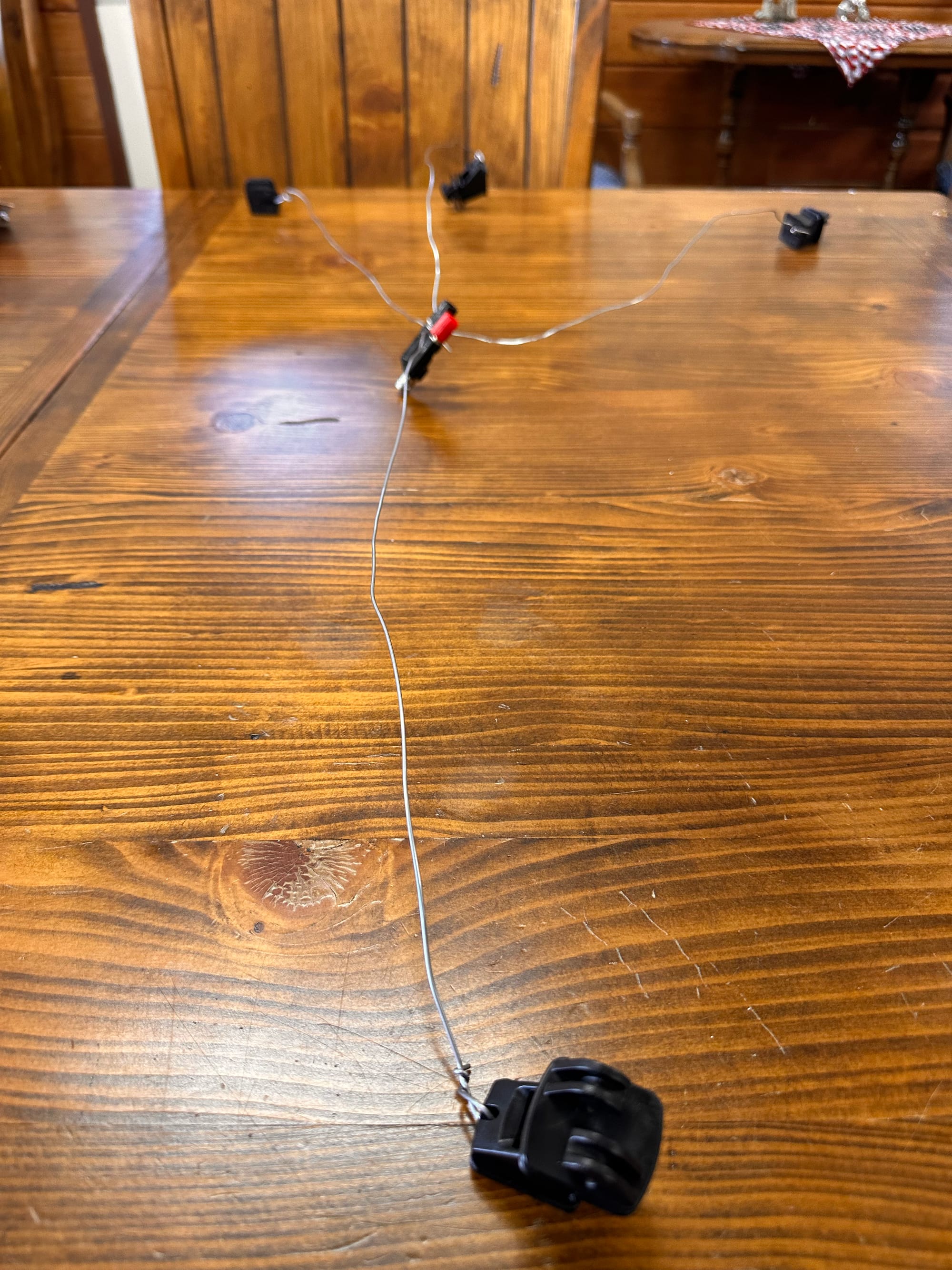
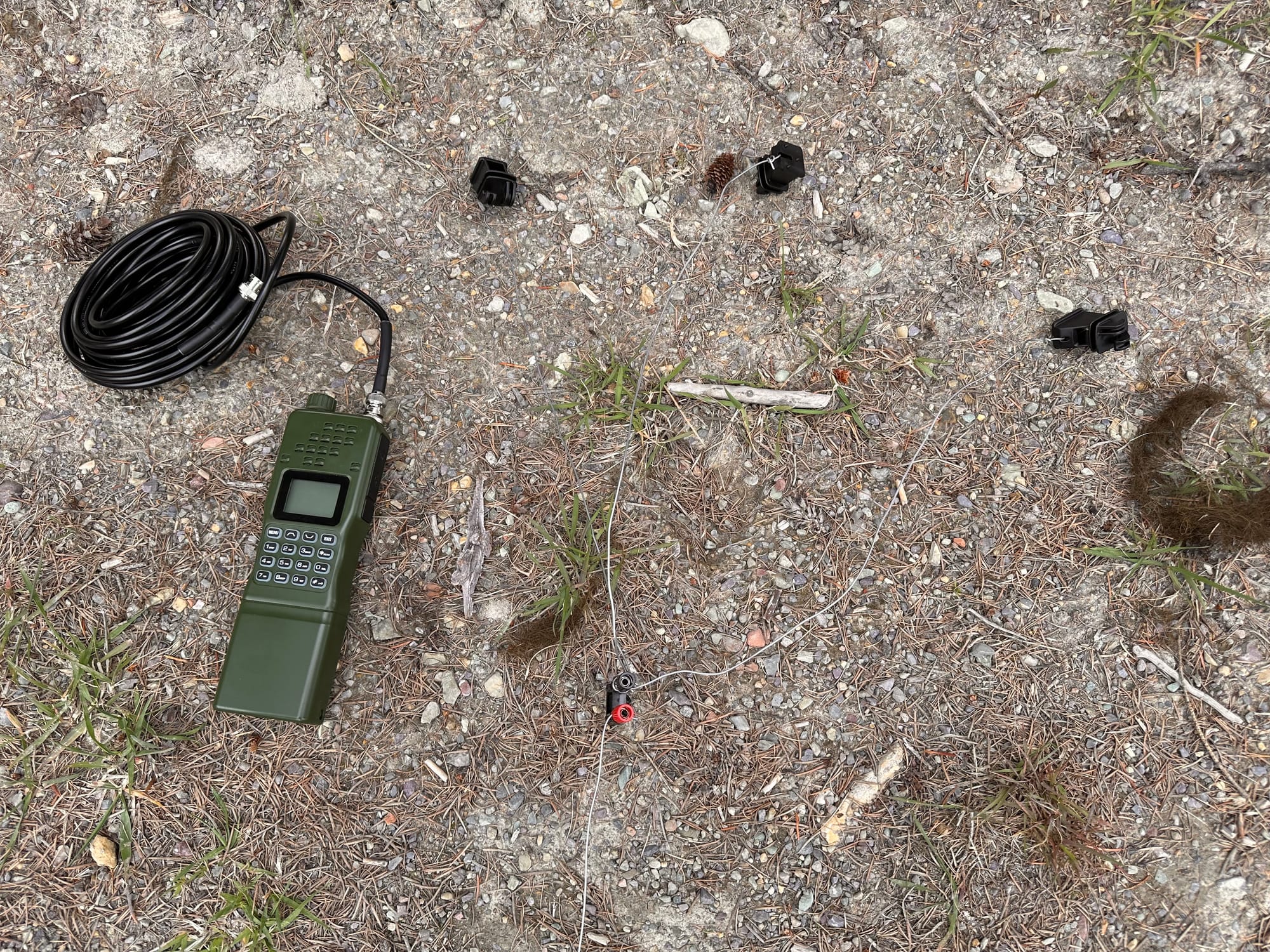
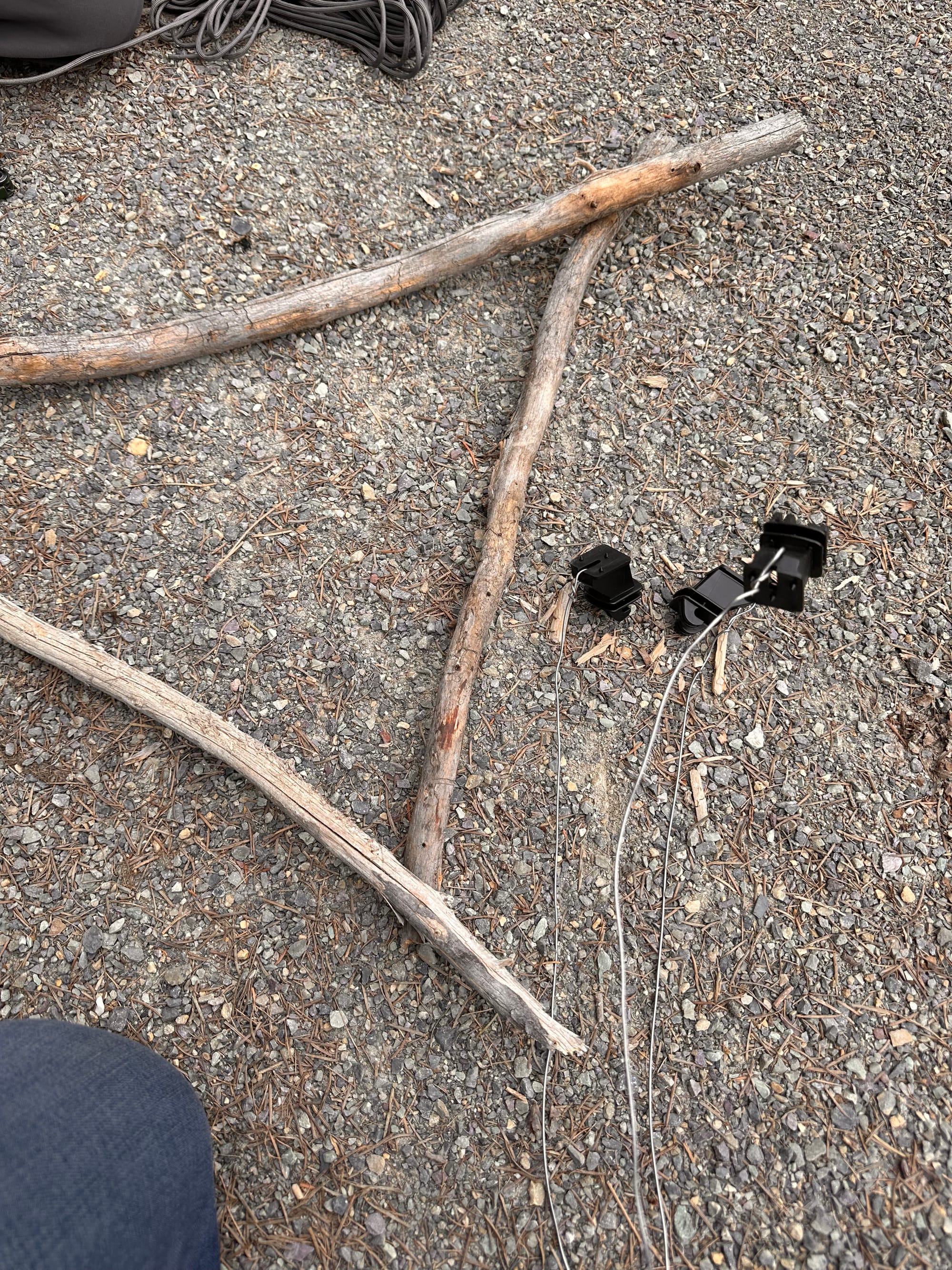
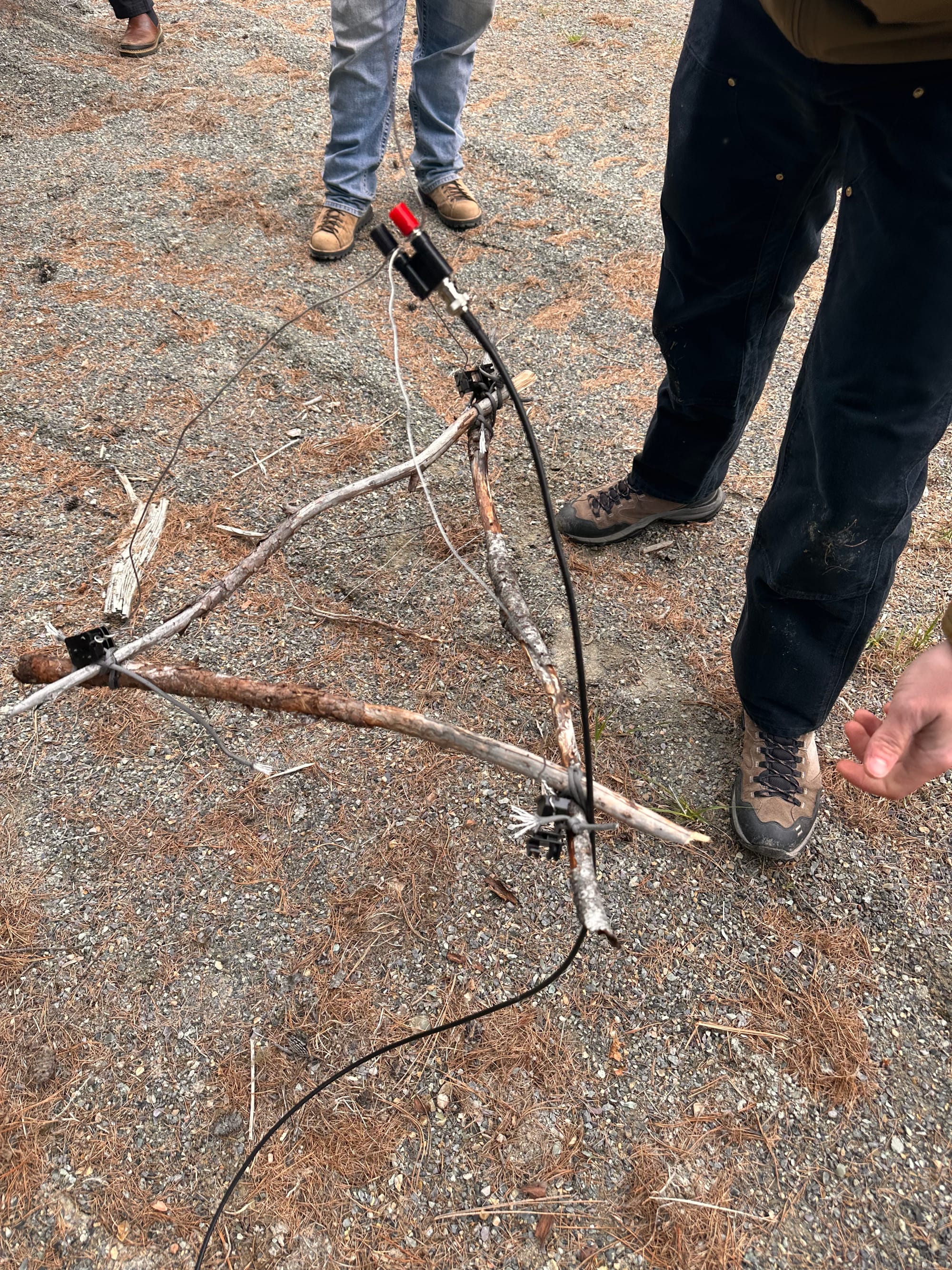
Students building a 2m jungle antenna and connecting a radio to the antenna.
Day 2
Students Transmit Digital Data Via Android Tablet
Students learn that instead of using their voice to transmit information, they can transmit information via digital data burst using an Android tablet connected to a radio.
This was a huge eye-opener for me personally, and I could think of many different applications for this type of transmission. For example, maybe you don't want your voice on the radio, or you want to shorten transmission times. There are tons of applications for digital data transmissions.
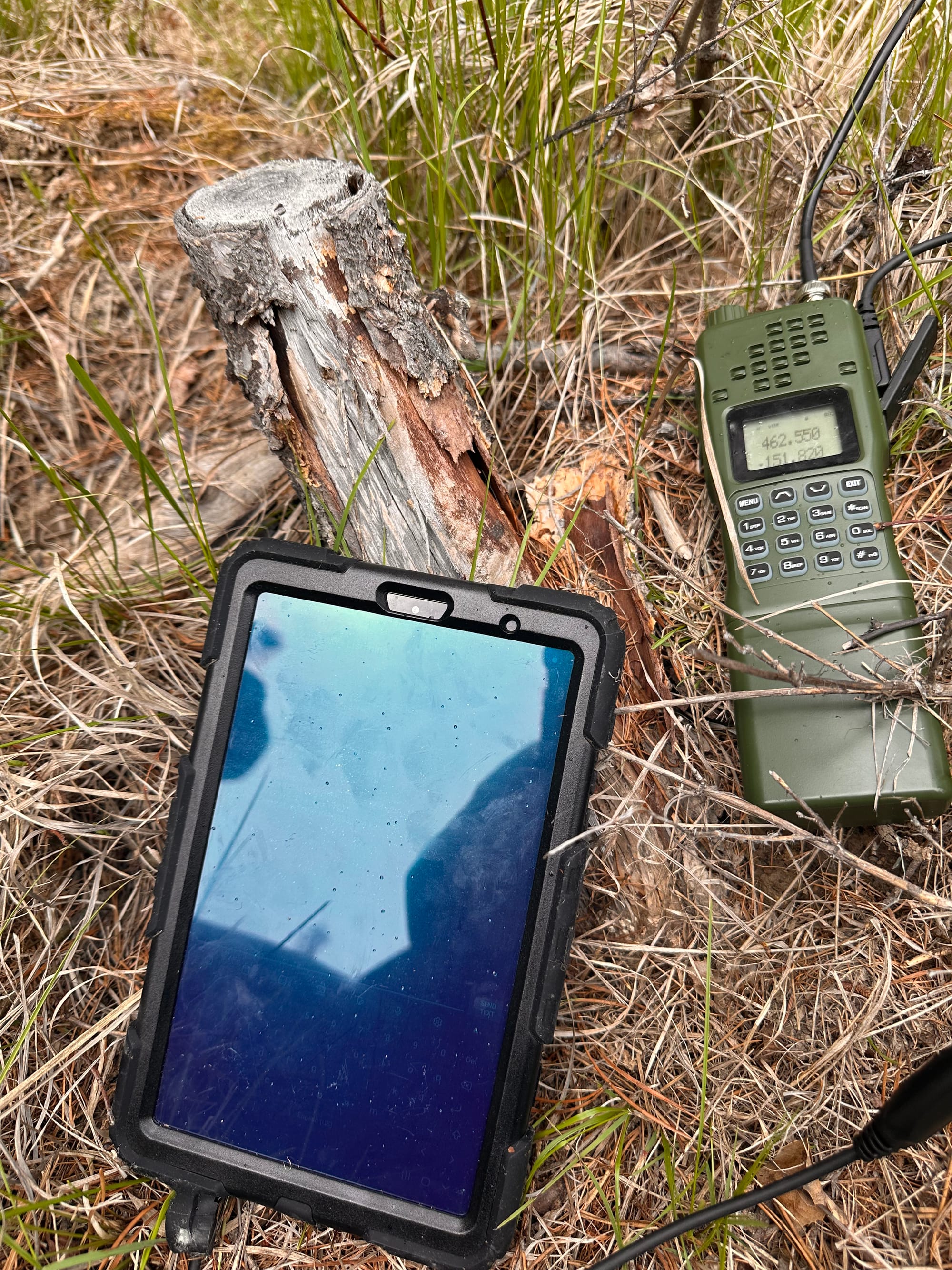
Students create an 11m jungle antenna for CB frequency
We built an 11-meter jungle antenna and practiced transmitting digital data to each other via CB handheld radio. We also listened to CB traffic across huge distances and heard many Spanish CB transmissions in the Flathead Lake region.
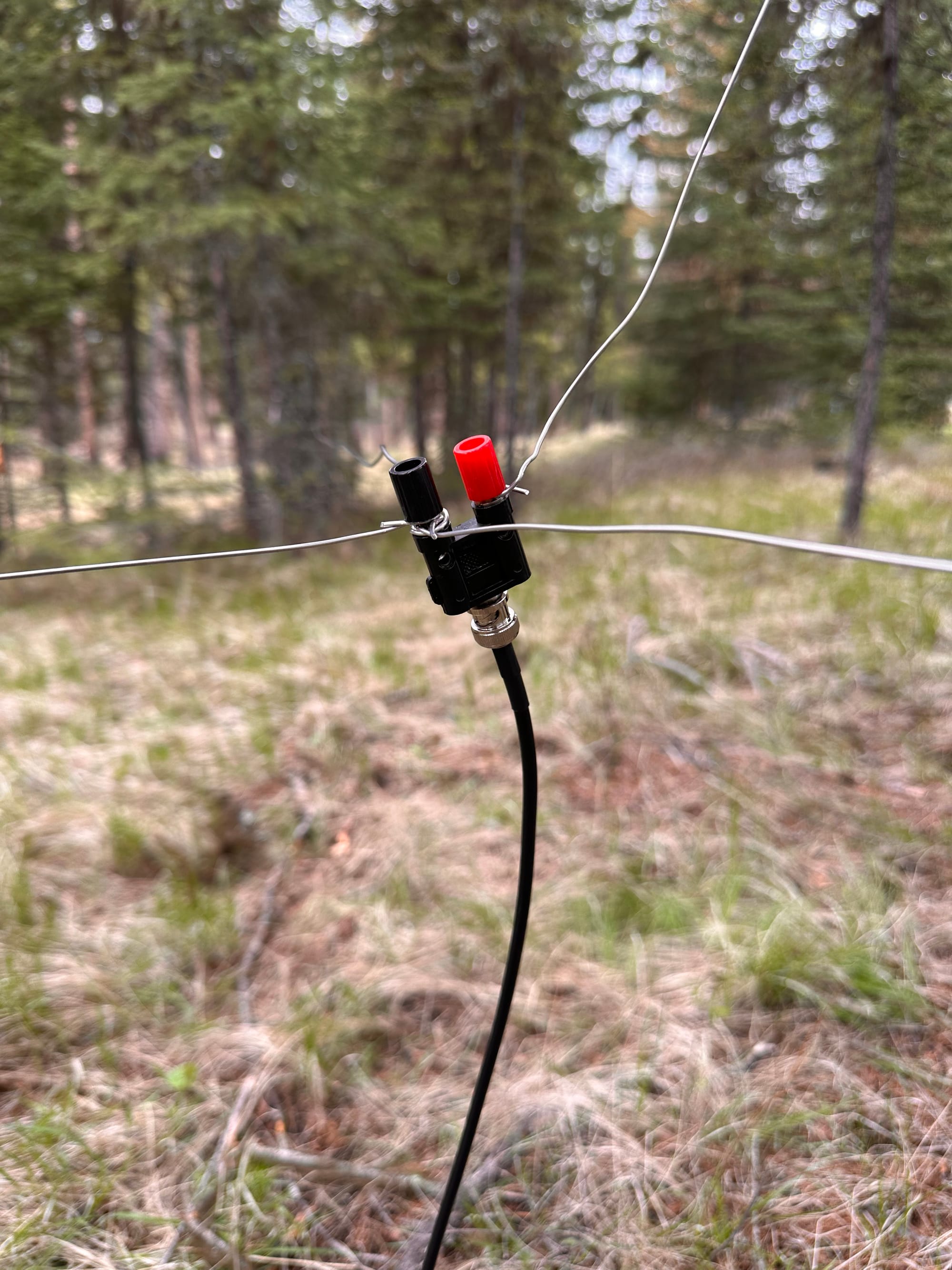
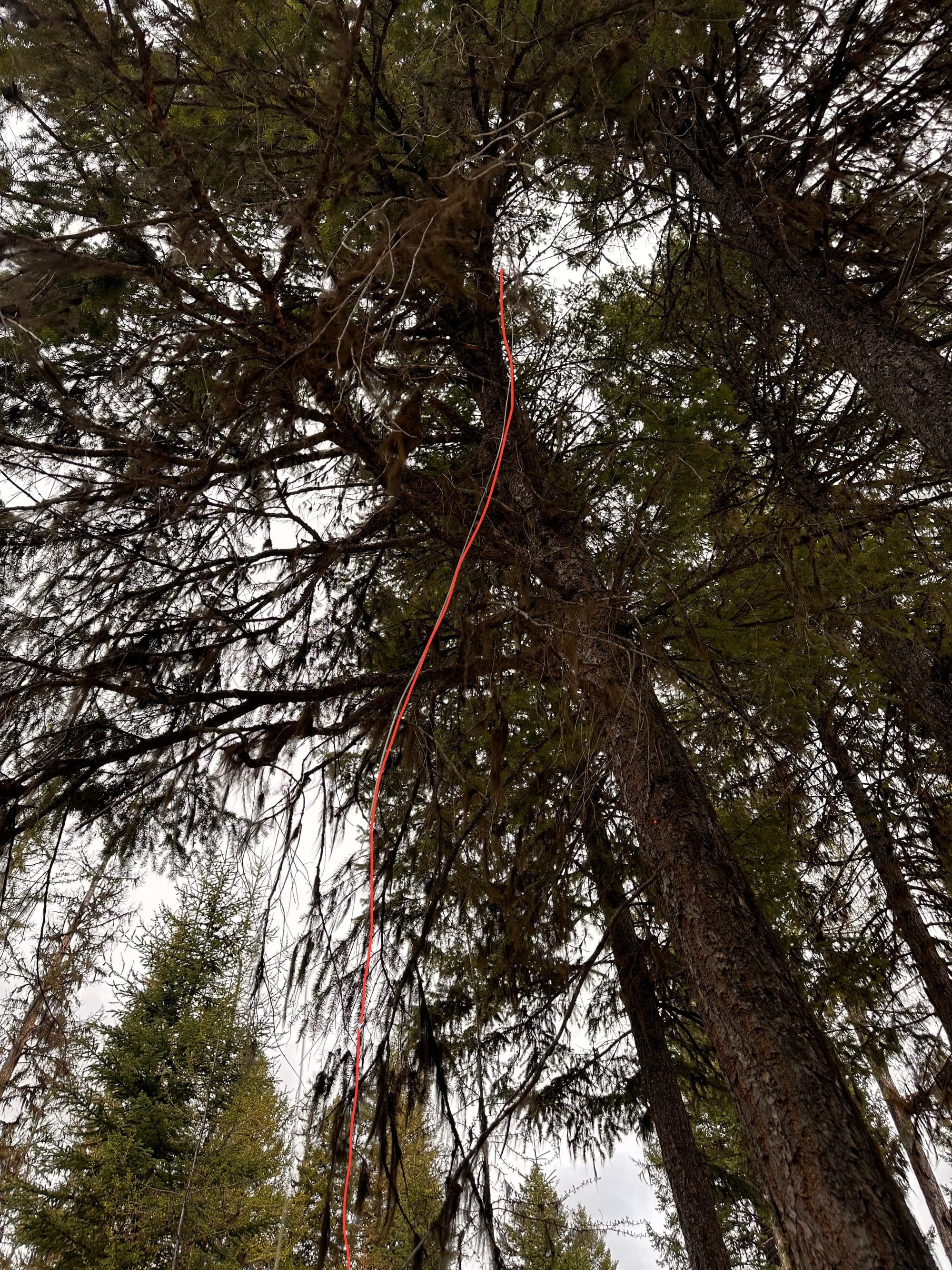
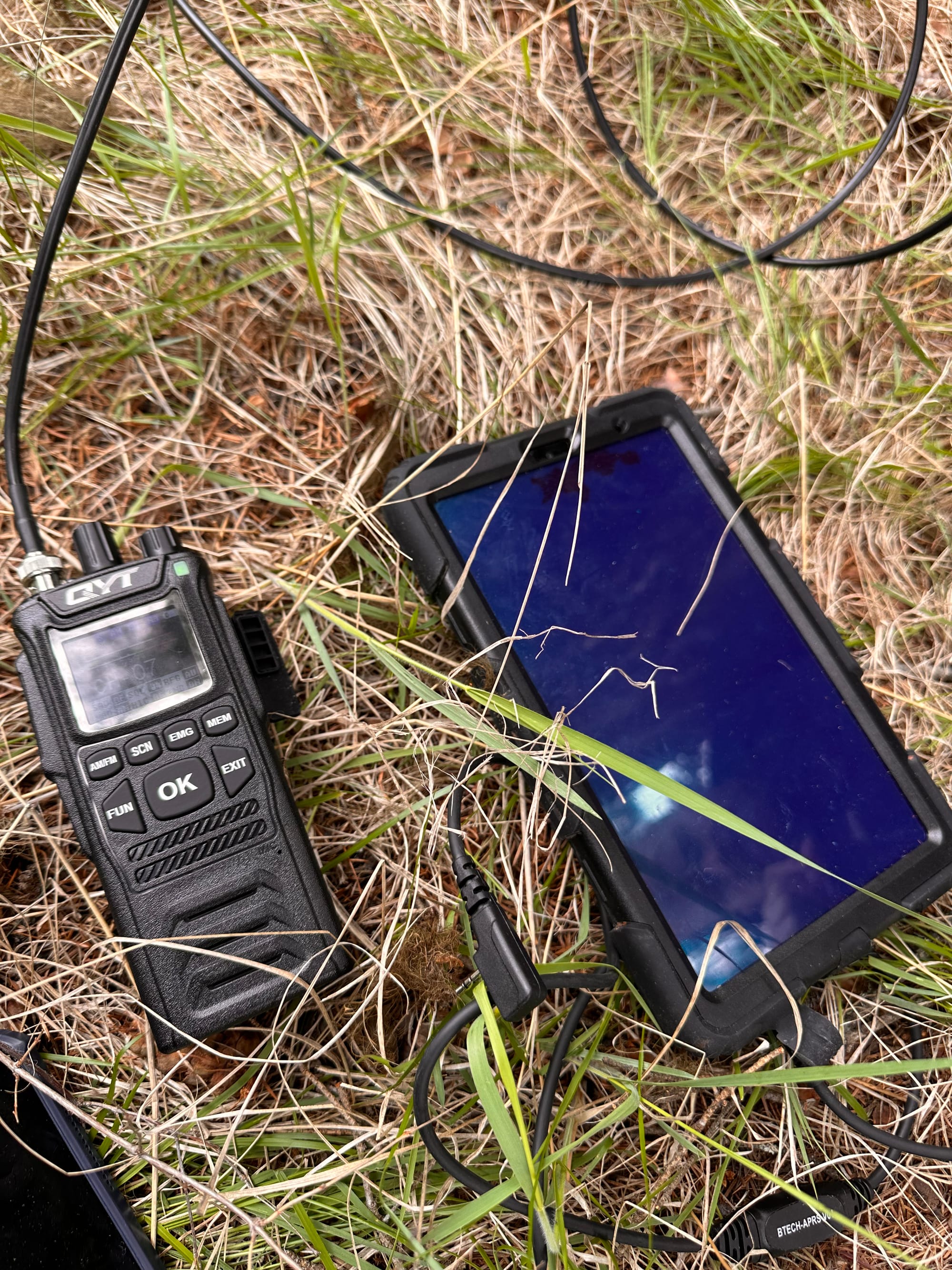
Students built a 11 meter antenna. We listened to radio traffic across the region. Transmitted digital data via a CB. (I drew a red line to highlight the wire hanging from the tree.
Later that afterno,on students created 40 an80-meterer dipole antennas.
Day 3
The class was divided into three separate teams. Each team would complete a scenario as one of the following:
- TOC (Tactical Operation Center) team
- Patrol team
- Opfor (Opposing forces) team
This exercise incorporates everything we've learned over the three days. We apply our newly learned skills throughout the scenarios, rotating through the different team stations.
Tactical Operation Center (TOC)
Students manned the TOC and stayed in the classroom to monitor the patrol team's communication. They monitored frequencies and waited for digital data burst transmissions.
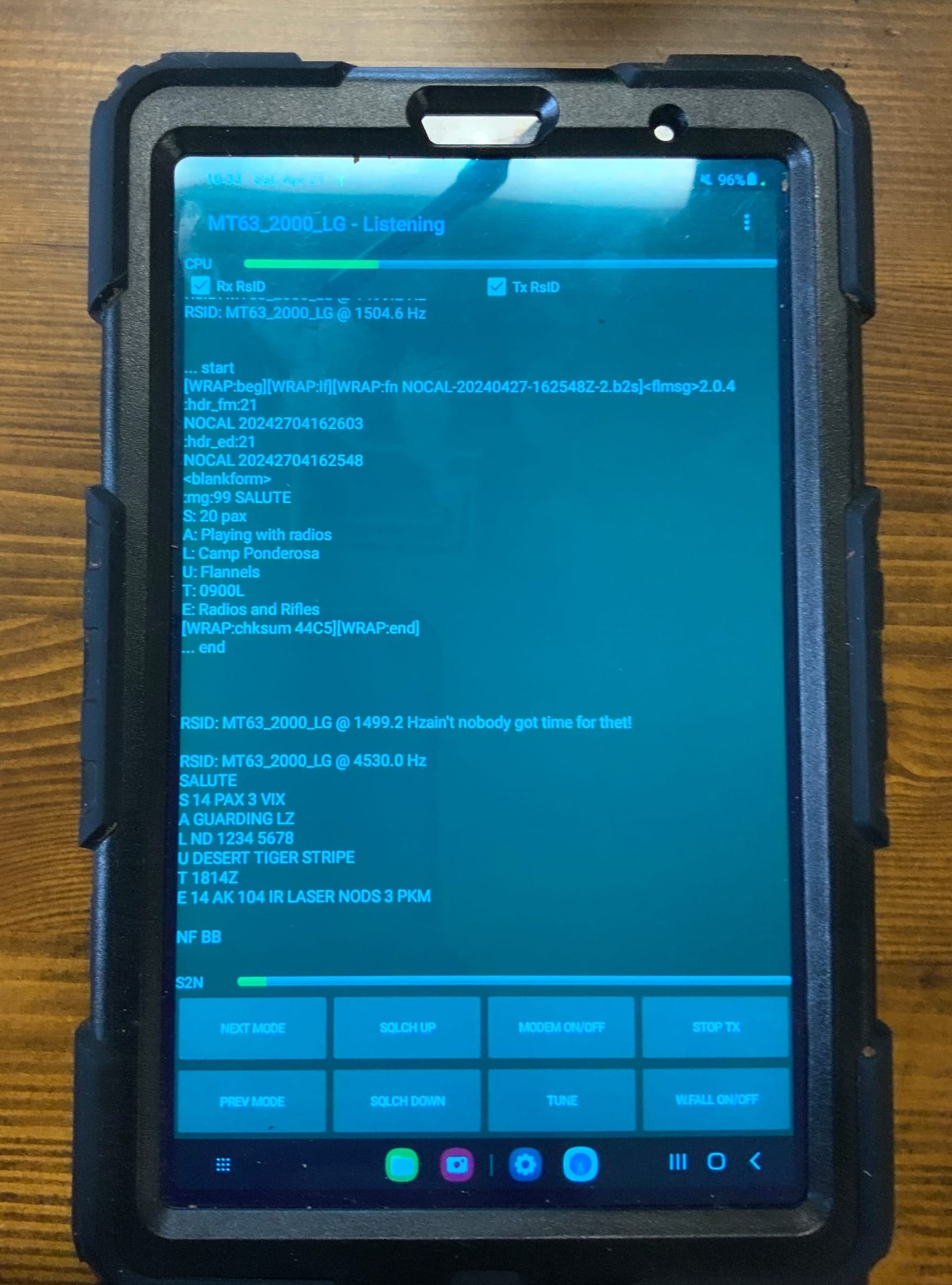
Patrol Team
The students who comprised the patrol team were tasked with the following:
- Head out into the field.
- Select a communication site.
- Build a jungle antenna.
- Observe the Opposing Force (Opfor) and note what they are wearing and doing during the observation.
- Send a radio and data burst communication that includes our observations to the Tactical Operational Center (TOC).
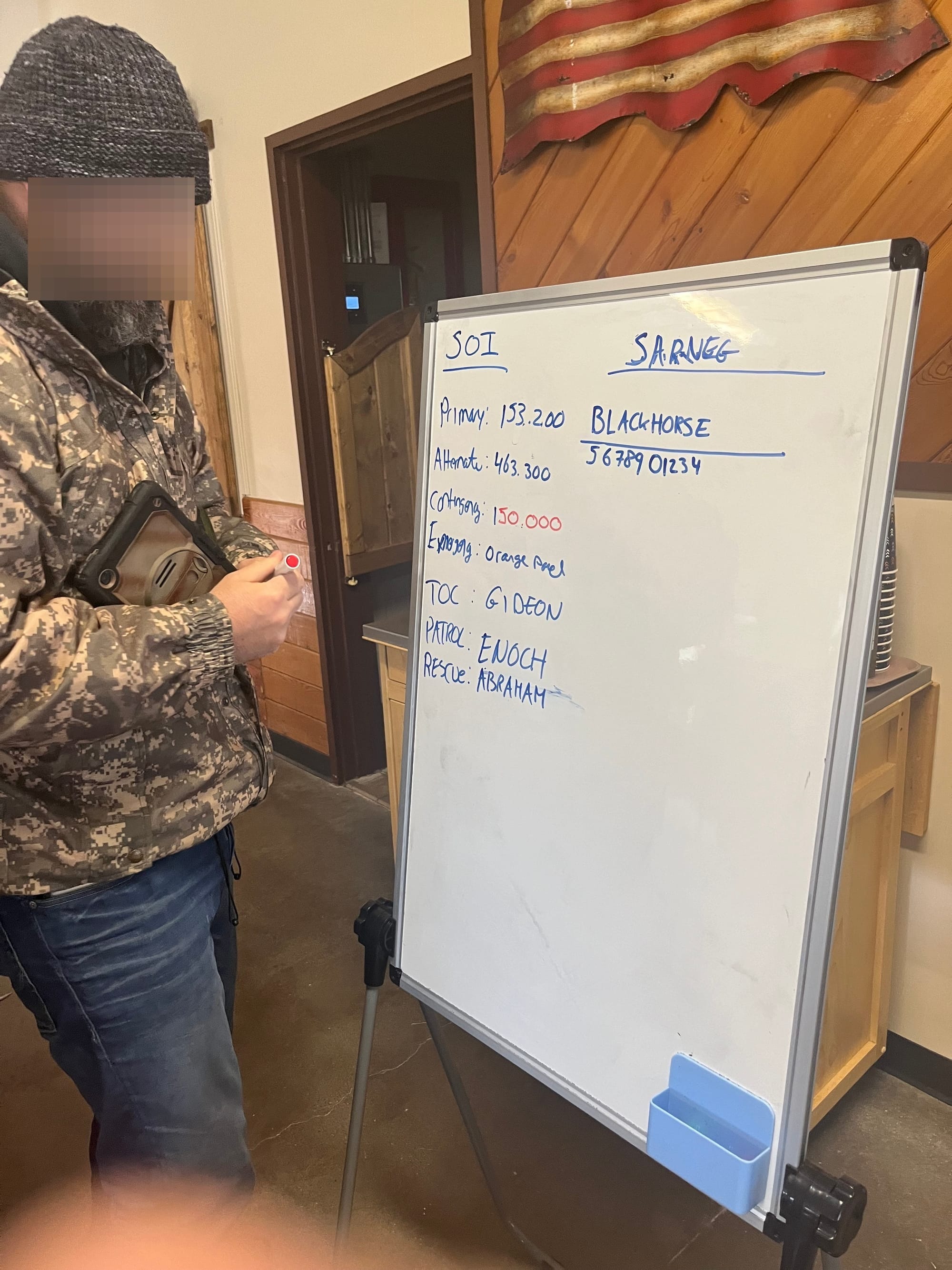
Opposing Forces (Opfor)
The instructor took one-third of the students out to the field. Then, the students staged themselves and waited for the patrolling team to spot them.
Brushbeater Radio Courses
Radio Telephone Operator (3 Day Course)
The Radio Telephone Operator's Course (RTO) is a communications course for austere and unconventional environments. It is designed to teach students how to create communications where there otherwise would be none using commonly found equipment in any working environment in any corner of the world.
Day 1:
- Learn the purpose of radio communications
- Sustainment
- Tactical
- Clandestine
- Basic Baofeng programming
- Send/receive SALUTE reports
- Create 2m jungle antenna
Day 2:
- Send digital data bursts via Android tablet & radio
- Create a jungle antenna to listen and send radio/data communications for the following:
- 11-meter antenna (CB comms)
- 40 meter dipole antenna
- 80 meter dipole antenna
Day 3:
- We split into three teams and rotated stations with a team completing the final exercise as:
- Manning a Tactical Operation Center (TOC)
- Being a patrol team
- Acting as an opposing force team
Advanced Radio Telephone Operator (3 Day Course)
The Advanced RTO Course picks up where the RTO Course leaves off, building on those communications principles covered in RTO. A heavy focus is placed on mastering the role of improvised antennas and communications security in a clandestine or UW environment.
Signals Intelligence Course (3 Day Course)
A three-day SIGINT Course. Students explore using common/off-the-shelf (COTS) Signals Intelligence Equipment to identify and exploit threats in a working environment.
Join my Patreon even if my voice sounds like an NPR host.
Stay Connected
- I talk about Preparedness, Christian Living, and Encouragement.
- You can find me on X and Instagram.
- Podcast: https://fatherabraham.podbean.com/.
- Blog: www.fatherabraham.co.
- Online store: https://shop.fatherabraham.co/
I Encourage You to Live Life With






